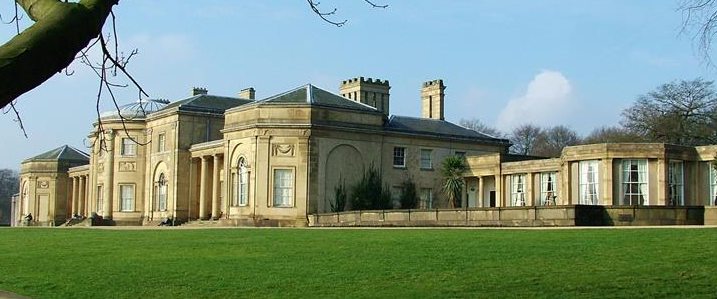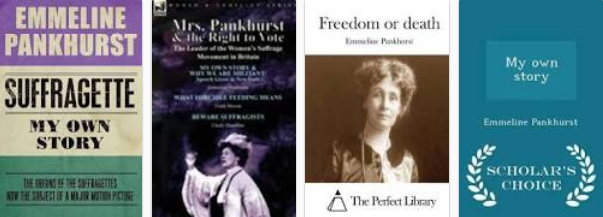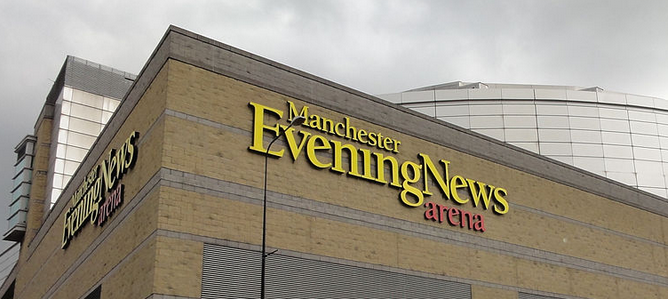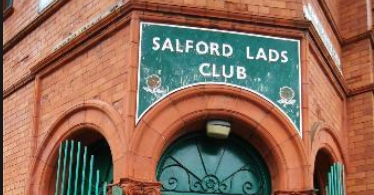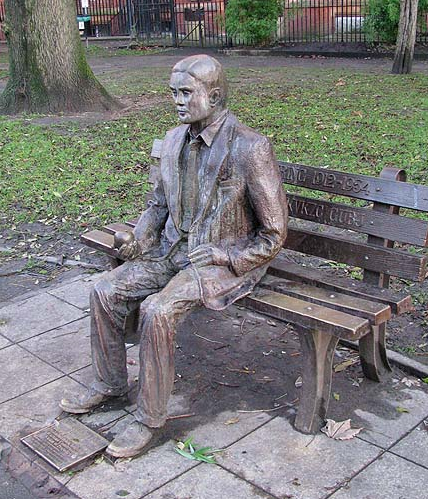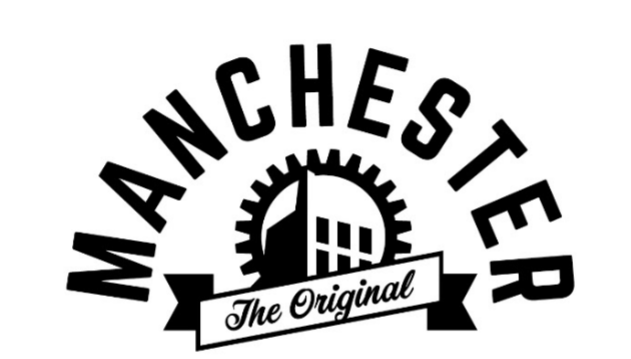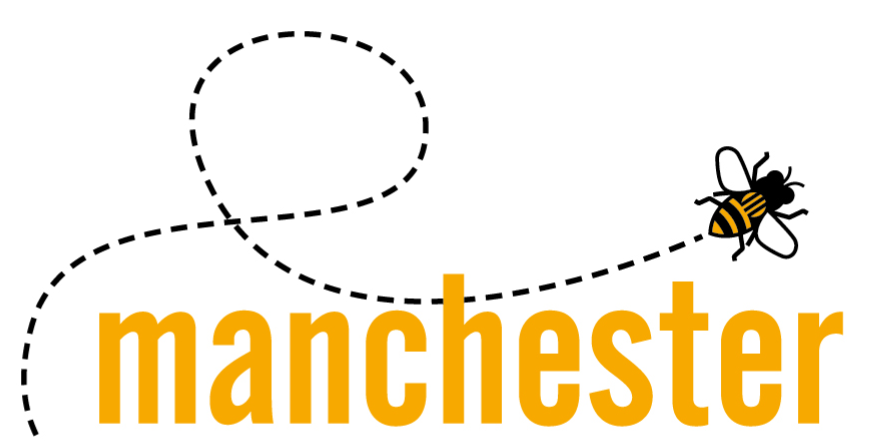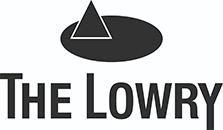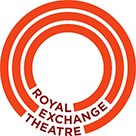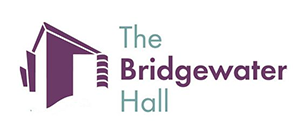The Manchester Derby
The Manchester derby refers to football matches between local rivals Manchester City and Manchester United , first contested in 1881.
Manchester City play at the Etihad Stadium, while Manchester United play at Old Trafford.
As of 26 October 2016, there have been 173 competitive meetings between the teams. United have won 72, City 50 and the remaining 51 games finished as draws.
The biggest victories have been to City who have won 6–1 on two occasions in the official league (both times in the away fixture at Old Trafford) on 23 January 1926 and 23 October 2011.
But on 14 April 1941 during a war league derby match at Maine Road, United beat City 7–1, which remains the biggest victory between the two sides overall, this result has been omitted as the official league was suspended but the derby still continued.
Both teams have won 5–0 once (City in 1955, United in 1994).
The largest attendance for a Manchester derby was 78,000 on 20 September 1947, a time when both clubs were playing at Maine Road, as Old Trafford was being repaired following damage sustained in the Second World War.
A large number of non-competitive Manchester derbies have taken place. The majority of these occurred during the Second World War, when a total of 44 matches were played between the teams.
In recent years, non-competitive matches between the teams have generally been testimonials, such as those for Paul Lake and Denis Irwin.
In 1978, for Colin Bell’s testimonial, players from City and United lined up side by side against a combined Liverpool and Everton team in a Manchester v Merseyside fixture.
Matches between non-first team sides representing the Manchester clubs also have an element of rivalry, with occasions when the reserve teams meet sometimes referred to as “mini-derbies”.
This term is also used in reference to when supporters’ offshoot clubs (Maine Road F.C. and F.C. United of Manchester) meet.
The two clubs have met twice, in the 2006–07 season, with FC United winning the inaugural match 2–1 away at Bower Fold, Stalybridge, in front of 3,181 spectators.
United also won the second game 3–0 at Gigg Lane, Bury in a game watched by 3,605. A friendly in 2009 saw Maine Road win 2–1.
F.C. United’s games against Salford City have also been referred to as a “mini Manchester derby”, especially since Salford’s takeover by the Class of ’92.



